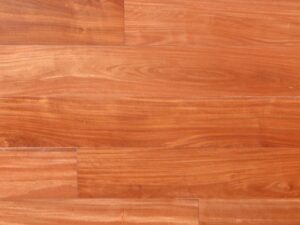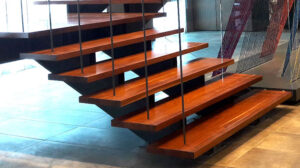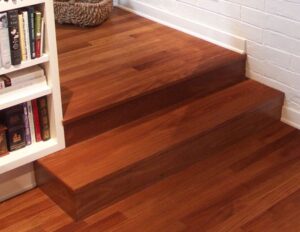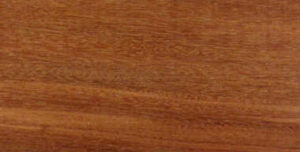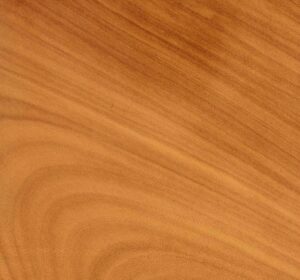CHICHIPATE
Billy Webb / Sweetia panamensis
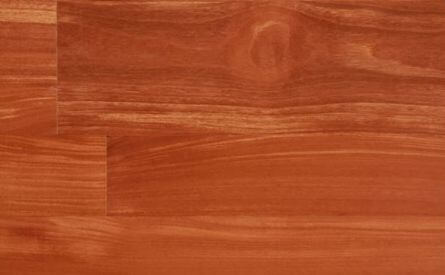
Local Names
Guayacán, Quina Silvestre, Almendra, Bálsamo Amarillo, Carboncillo, Cascara amarga, Cencerro, Chacte, Cisapollopo, Corteza de Honduras, Coyote, Guachipilín, Huesillo, Malvecino, Rejo, Vera de Agua, Visapolollo.
Distribution & Tree
Chichipate is distributed from southern Mexico through Central America and portions of Venezuela and Colombia in wet, mixed forest below 800 meters as well as calcareous, rocky soils. Trees can reach 38 meters in height with diameters up to 90 cm. It’s known as guayacán and chacté in Mexico. Its yellow flowers are highly fragrant.
Wood Appearance
Chichipate’s heartwood is brown to olive with streaks with lighter and darker shades. It has a waxy appearance, medium texture and medium to high luster and takes a high polish. Its lightly figured grain is interlocked and can be roey. The wood has a bitter taste.
Processing Properties
It works well and finishes smoothly, taking a fine polish. It machines well, in spite of the interlocking grain. The species exhibits minimal shrinkage during seasoning given its high density.
Strength & Durability
The wood is hard, heavy and strong, being noted for its strength and durability. The wood is approximately as hard as American walnut.
Wood Uses
The wood is employed locally for heavy, exterior construction, bridges, railway crossties, mine frames, sills, implement frames, tool handles, decorative veneer, parquet, flooring, trim and paneling as well as turnery, sculpture and woodcraft.
Ecological & Social Importance
Its name derives from the Nahuatl word meaning “bitter medicine.” The inner bark (known as “cascara amarga”) contains an alkaloid used historically to treat syphilis, scrofula and malaria since the late 19th century.
| Reference Species | ||||
| Technical Characteristics | Chichipate | Meranti | Black Locust | |
| Density | kg/m3 | 977 | 850 | 770 |
| Janka Hardness | kgf | 777 | 726 | 771 |
| Bending Stiffness (Modulus of Elasticity) | GPa | 17.9 | 17.0 | 14.1 |
| Bending Strength (Modulus of Rupture) | MPa | 151.1 | 122.3 | 133.8 |
| Crushing Strength | MPa | 68.6 | 70.9 | 70.3 |
| Shrinkage, Radial | % | 5.4% | 5.5% | 4.6% |
| Shrinkage, Tangential | % | 10.1% | 10.1% | 7.2% |
| Shrinkage, Volumetric | % | 14.2% | 15.7% | 10.2% |
| T/R Ratio | 1.9 | 1.8 | 1.6 | |
| Values determined at 12% humidity - Provided for reference only | ||||
|---|---|---|---|---|
DENSITY
JANKA HARDNESS
BENDING STIFFNESS
BENDING STRENGTH
CRUSHING STRENGTH
SHRINKAGE
Values are for reference only and cannot be guaranteed. Wood is a natural material and physical and mechanical properties may vary depending on age, genetics, and other factors. We encourage customers to consult the references provided in the bibliography. For further explanations of wood’s key technical characteristics, an excellent resource is the Wood Database with articles on Density (average dried weight); Janka hardness; Elastic Modulus; Rupture Modulus; Crushing Strength; Radial, Tangential and Volumetric Shrinkage.


